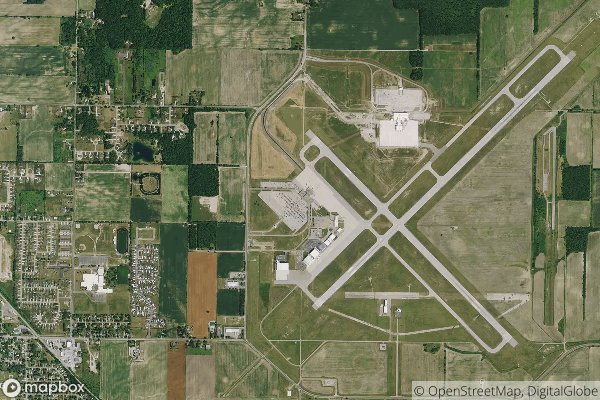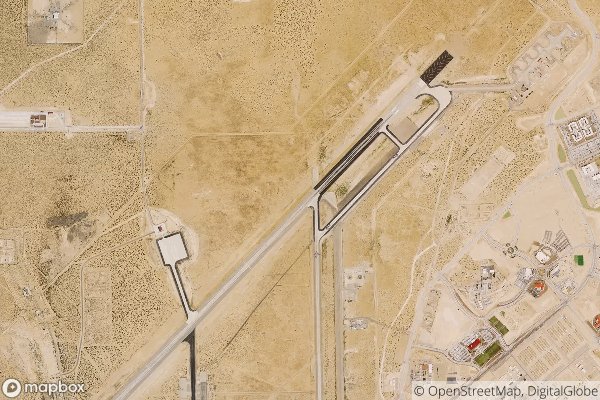| Code | BRD/KBRD |
| Name | Brainerd Lakes Regional Airport |
| Location | Brainerd, Minnesota, USA |
- See here the complete List Of All Airports In United States with Codes.
Understanding BRD/KBRD Airport Code (Structure of Airport Codes, Challenges and Confusions)
Airport codes are a vital component of the aviation industry, serving as unique identifiers for airports around the world. These codes are used in flight operations, ticketing, baggage handling, and various other aspects of air travel. One such airport code that may raise some eyebrows is BRD/KBRD. Let’s delve deeper into the structure of airport codes, the challenges and confusions that arise from them.
Decoding Airport Code
Decoding Airport Code
The BRD/KBRD designation corresponds to the Brainerd Lakes Regional Airport in Minnesota, USA. The three-letter code, “BRD,” is the International Air Transport Association (IATA) location identifier, while the four-letter code, “KBRD,” is the International Civil Aviation Organization (ICAO) location indicator. These codes are assigned by these respective organizations to uniquely identify airports and are essential for air traffic control, airline operations, and passenger travel.
Operational Significance
Operational Significance (Discuss the role of BRD/KBRD Airport Code in aviation operations)
The BRD/KBRD airport code plays a crucial role in aviation operations. Pilots use these codes to communicate their departure and arrival locations with air traffic control, improving efficiency and safety in the skies. Airlines rely on these codes for scheduling flights, planning routes, and managing their fleets. Travelers also use these codes to book flights and navigate through airports, as they appear on boarding passes and airport signage.
History of Airport Codes
The history of airport codes dates back to the early days of commercial aviation. The alphanumeric codes were originally derived from the two-letter city codes established by the National Weather Service for weather reporting. As air travel expanded globally, a standardized system of three-letter airport codes was adopted to accommodate the growing number of airports and to reduce the likelihood of duplicate codes.
The structure of airport codes typically follows certain patterns. For instance, airports in the United States generally start with the letter “K,” followed by three letters. Meanwhile, European airports often begin with “E” and are followed by three letters.
The challenges and confusions associated with airport codes stem from their sheer number and the diversity of their structures. Additionally, some codes may not seem intuitive, especially for non-English speakers or travelers unfamiliar with the region. However, learning about airport codes and their meanings can enhance the travel experience by providing insights into the origins and characteristics of various airports.
In conclusion, the BRD/KBRD airport code and other airport codes play a significant role in the aviation industry. Understanding their structure, operational significance, and historical context can provide valuable insights for aviation professionals and travelers alike. As air travel continues to evolve, so too will the importance and relevance of airport codes in facilitating seamless and efficient global connectivity.





